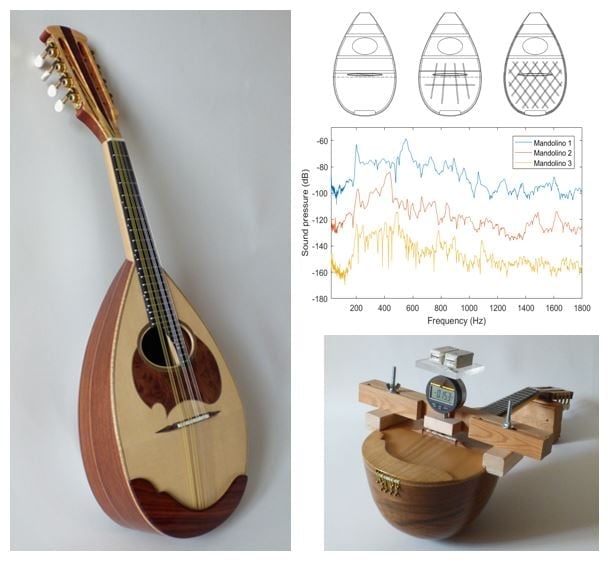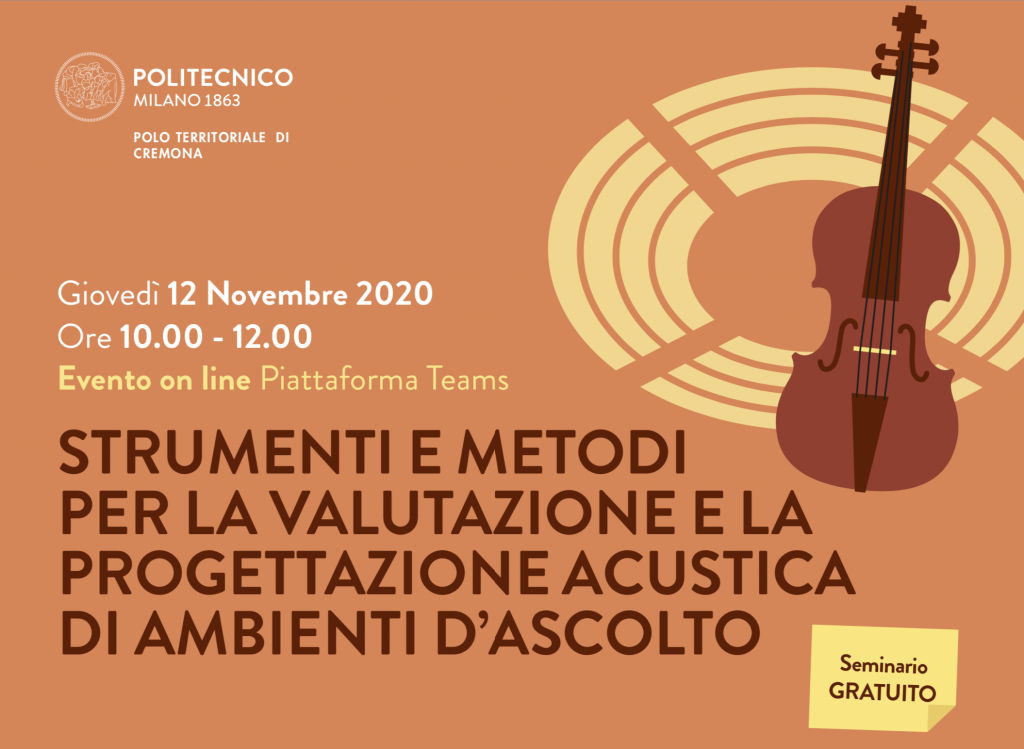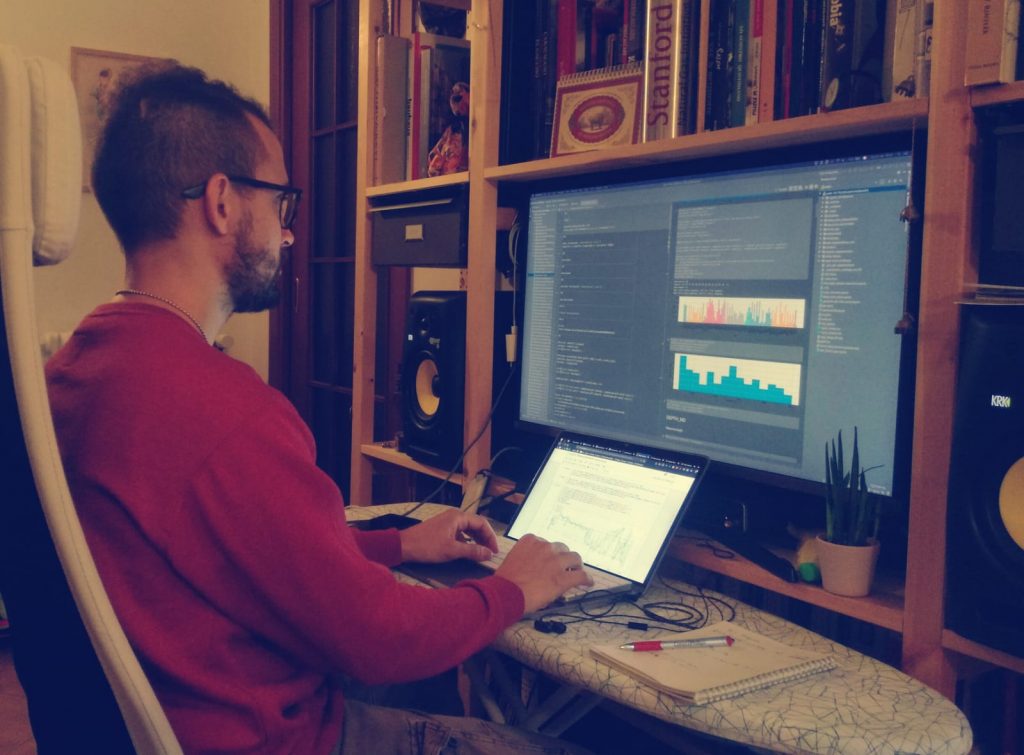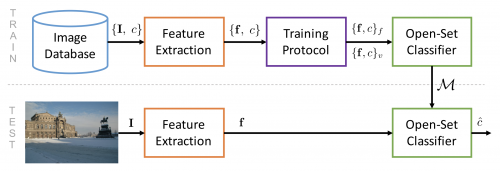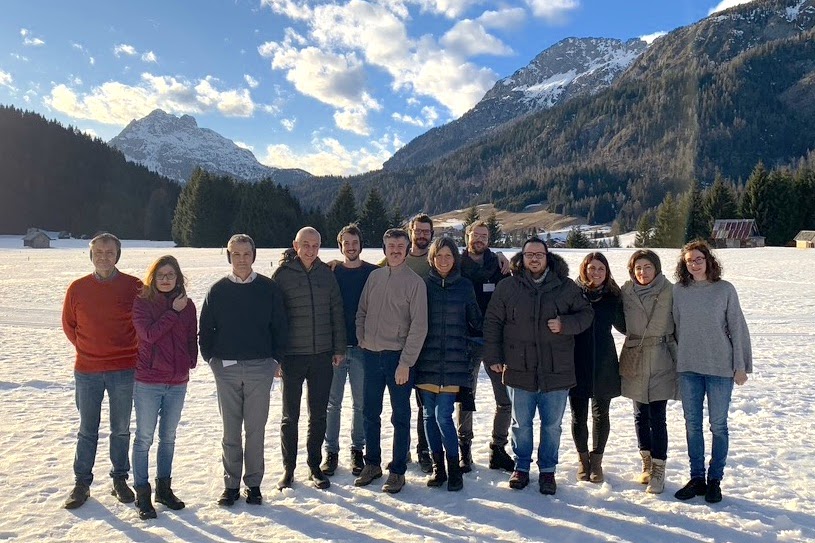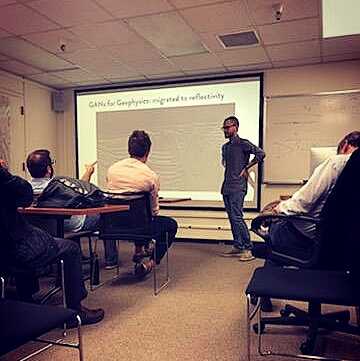We are pleased to announce the online seminar “The big data approach to violin making” that will be held by Sebastian Gonzalez, a postdoc researcher of our lab.
The seminar will discuss how machine learning can help us understand the relation between the shape of a violin and its vibrational properties.
Join the seminar on Friday November 27th at 4.30pm CET in Sebastian’s Webex room.
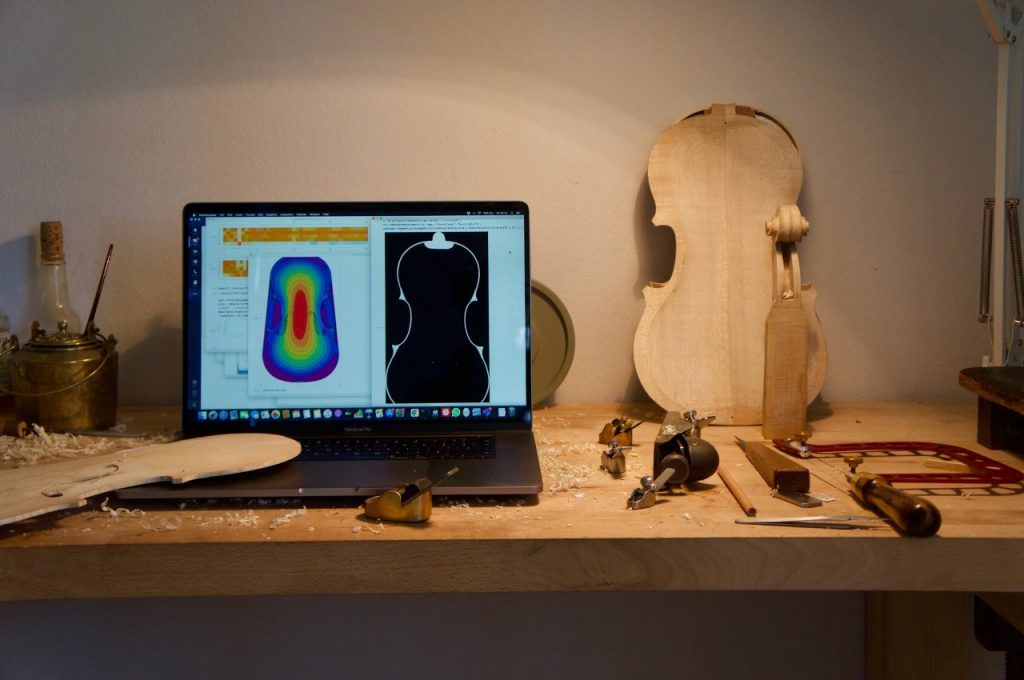
Abstract
The shape of the violin is probably one of its most important characteristics, and the one upon which the violin maker has complete control. However, traditional violin making is based more in tradition than understanding, and a definitive scientific study of the specific relations between shape and vibrational behaviour is still missing. Using standard neural networks and big data methodologies, we show that the vibrational behaviour of violin tops can be predicted from its geometric/material parameters. The results demonstrate the relations between shape and vibrations and show the value that artificial intelligence methods have for classical violin making. Furthermore, we quantify correlations between vibrational modes and thicknesses (explaining the so-called `plate tuning’) in violin making, and shed light on their complexity at the same time that we present a predictive tool for said relation.
Biography
Sebastian Gonzalez, originally from Chile, obtained his PhD from UTwente in the Netherlands in 2013 in computational physics, where he did a thesis on clustering and segregation of granular materials. While finishing his PhD he met a family of violin makers in the north of Germany and started learning the craft. After 4 years learning he opened a guitar repair shop in Valparaiso, Chile, while doing a postdoc in the simulation of active colloids. He moved to Cremona shortly before the pandemic hit the world and he is still trying to finish his first violin, pictured here in the workbench.

